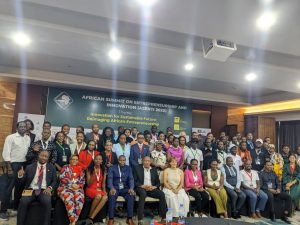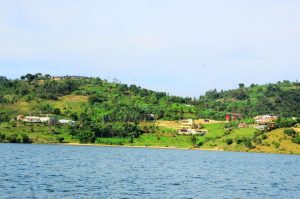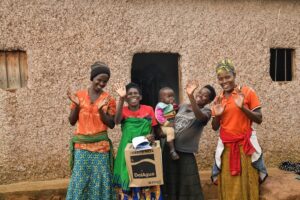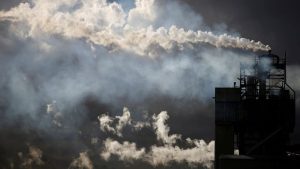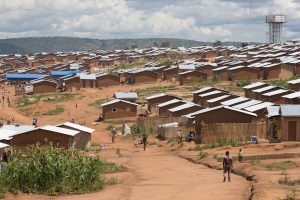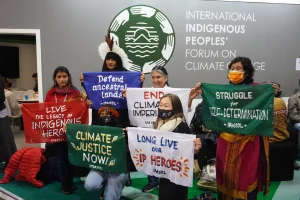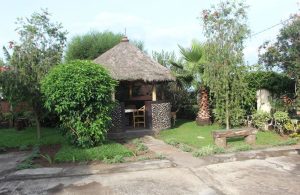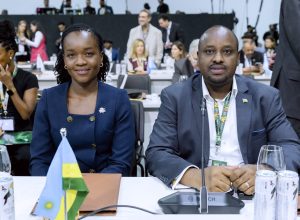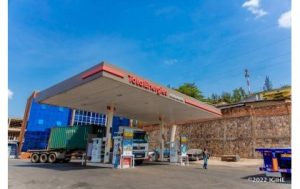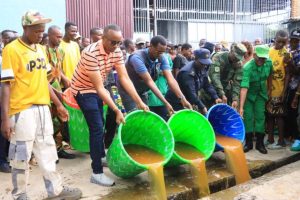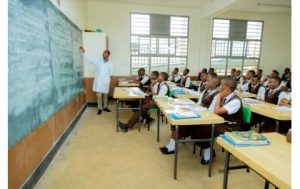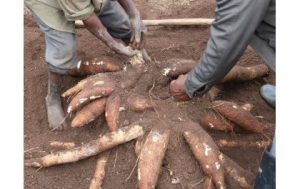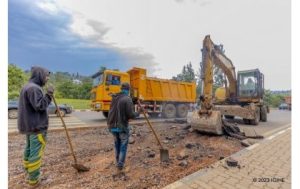Green Growth: Rwanda cuts 600,000 tonnes of harmful emissions in the Amayaga region
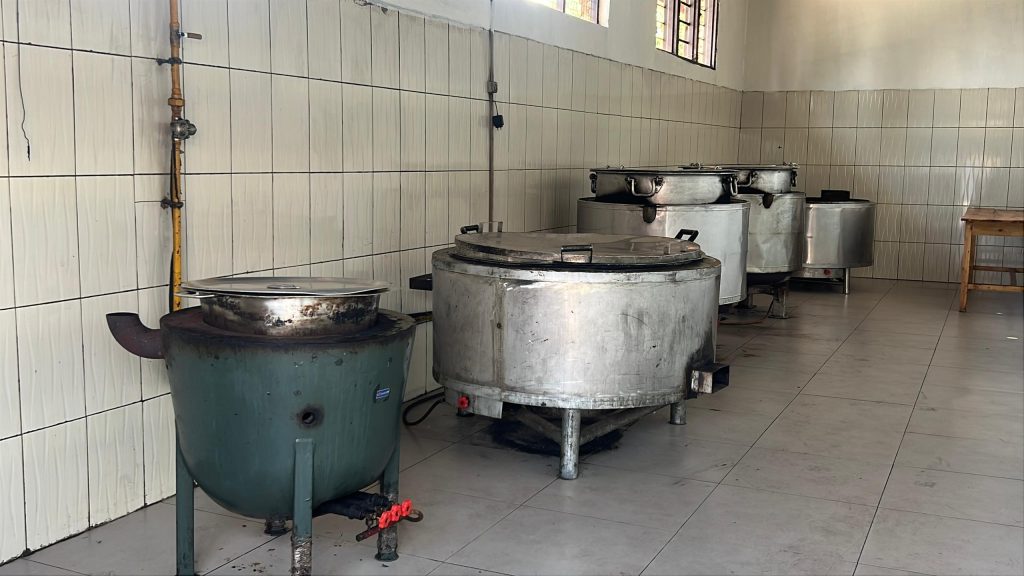
Cooking pots that use gas at St Bernadette School
The adoption of clean cooking gas in schools, the use of improved cookstoves in households, and the restoration of degraded forests are among the key initiatives that have led to a reduction of more than 600,000 tonnes of carbon emissions in the four districts that make up the Amayaga region.
Since 2020, Rwanda through the Rwanda Environment Management Authority (REMA) has been implementing a $32 million project to restore degraded forests in the area particularly in the districts of Ruhango, Kamonyi, Nyanza and Gisagara.
The Green Amayaga Project aims to strengthen community and biodiversity resilience and contribute to climate change mitigation; promotes sustainable land management in agricultural landscapes; boosts the productivity of plantation forests, and reduces the negative impacts of household energy systems on forests by introducing improved cookstoves.
More than 37,000 hectares of land have been reforested, surpassing the initial target of 26,300 hectares.
The project has supported 20 schools to transition to clean cooking gas. Over 100,000 households have also received improved cookstoves to reduce the cutting of trees for firewood.
During a clean air awareness campaign in Kamonyi District on September 11, 2025, held ahead of the International Day of Clean Air, Rémy Songa, Coordinator of the Green Amayaga Project, highlighted the project’s significant contribution to cutting harmful emissions.
“When people cook with firewood, they cut down trees. Yet, trees help reduce harmful emissions that cause climate change. Once a tree is cut down, it can no longer serve that purpose, and when it is burned for cooking, the carbon it had stored is released back into the atmosphere. By switching to cooking gas, trees are spared from being cut down,” he explained.
“Schools that used to spend Rwf4 million on firewood now spend Rwf2.8 million. Altogether, these efforts have helped Rwanda reduce air-polluting emissions by the equivalent of more than 625,000 tonnes,” Songa added.
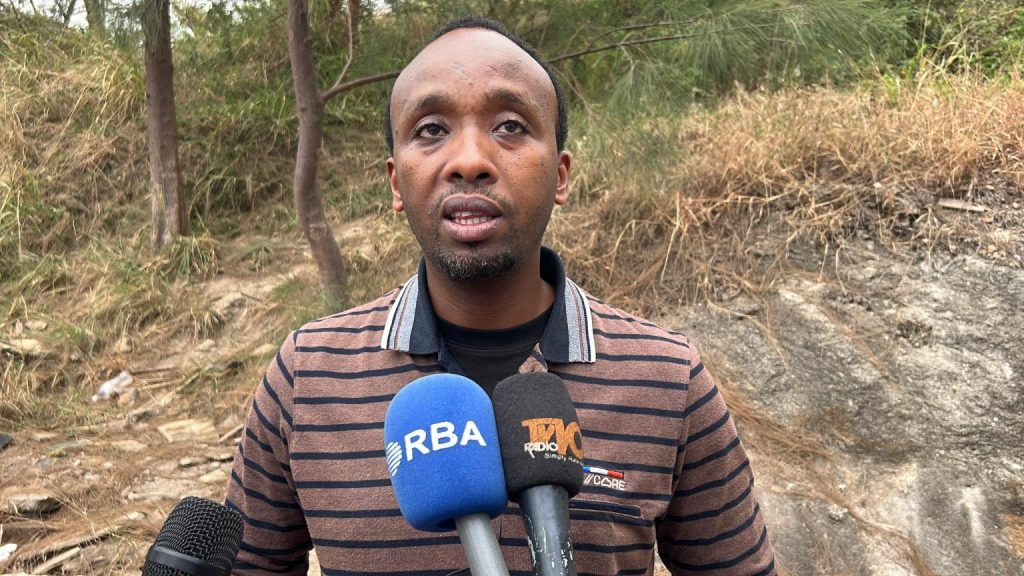
Father Jean D’Amour Majyambere, head of St. Bernadette School in Kamonyi District, emphasized the difference between cooking with firewood and gas.
“When I buy firewood worth Rwf5 million, it lasts us three months. But gas worth Rwf2 million lasts six months. If we were to use firewood for six months, it would cost us over Rwf10 million,” he said.
At St. Bernadette, meals such as rice, cassava, and tea are prepared in the gas-powered kitchen, while others are still cooked using firewood.
Father Majyambere added: “If we had gas in both kitchens, life here would be much easier. Gas is less demanding, staff are not overworked, they don’t have to spend all day tending fires, and it also ensures cleanliness.”
Claude Mugiraneza, who has worked as a school cook at St. Bernadette for nine years, said: “Cooking with gas is much better because the kitchen remains clean. Food cooked with gas doesn’t carry smoke, unlike firewood, which leaves behind soot and smoke.”
According to Rwanda’s latest household living conditions survey, the share of households using clean cooking fuels remains low compared to those using charcoal and firewood.
Nationwide, the number of households using clean cooking fuels rose from 1% in 2017 to 5% in 2024.
REMA officials say that introducing gas in schools served as a pilot to guide nationwide initiatives to expand its use in education institutions.
The government has set a target to eliminate the use of firewood and charcoal in schools by 2032, replacing them with fuel-efficient stoves and cleaner alternatives such as liquefied petroleum gas (LPG).
The move aims to curb deforestation, reduce carbon emissions, and cut the high costs associated with firewood use, according to the National School Feeding Programme 2023–2032.
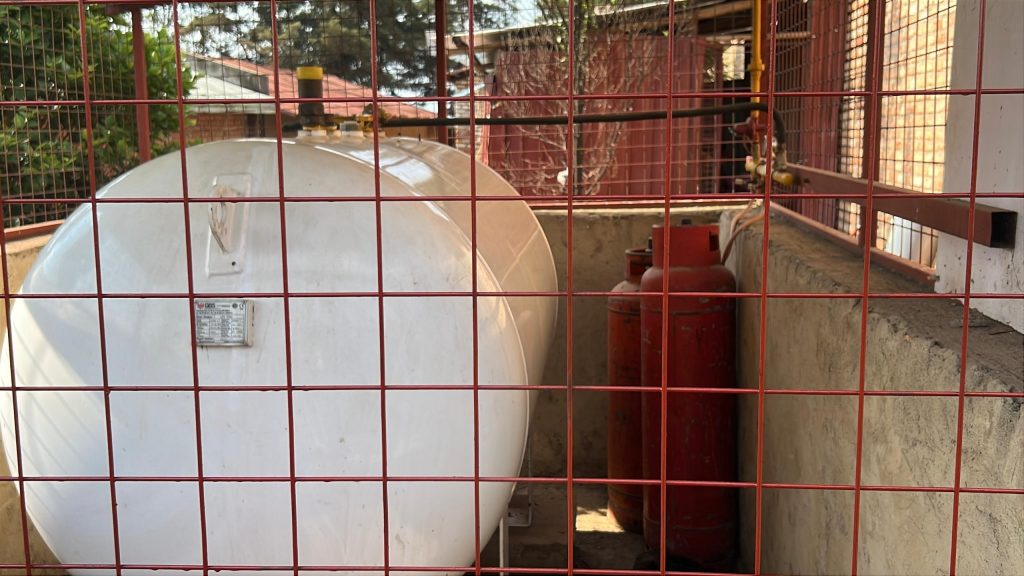
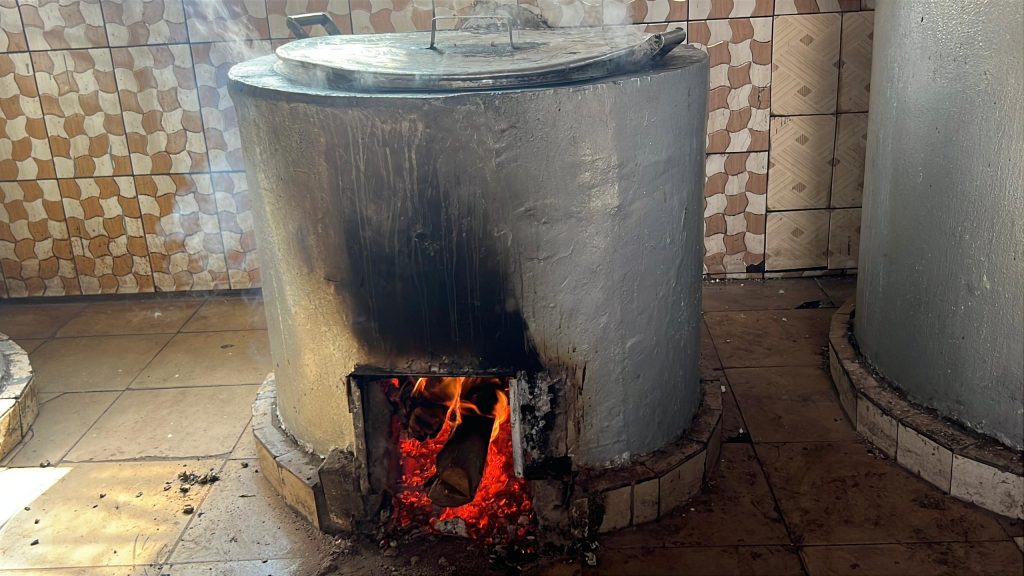
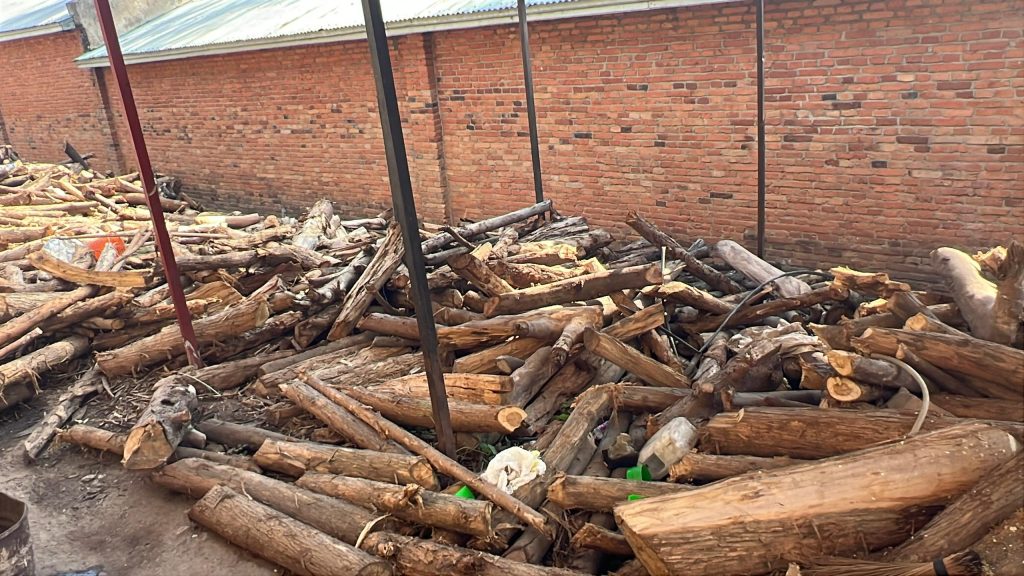

SUBSCRIBE TO OUR NEWSLETTER


